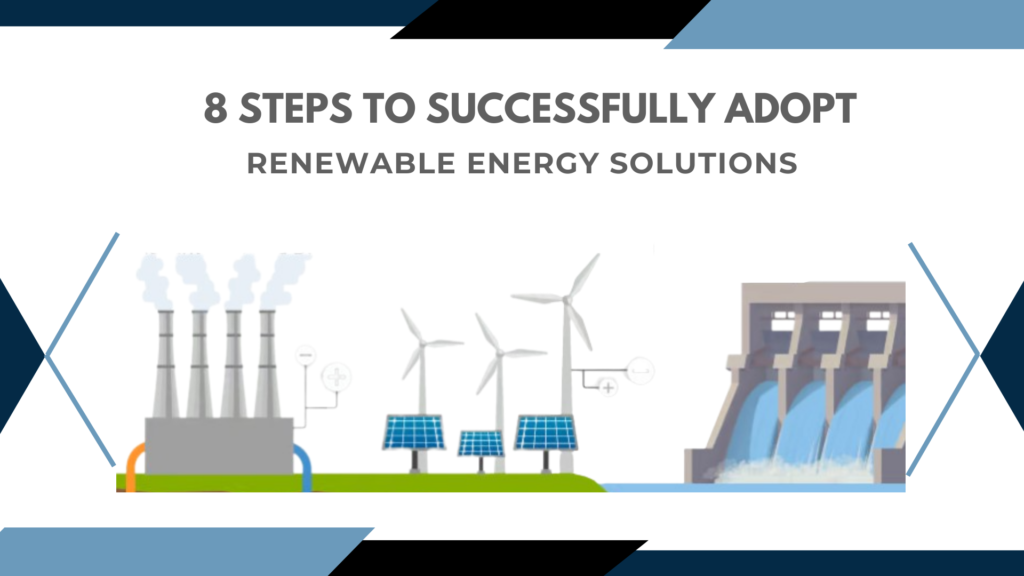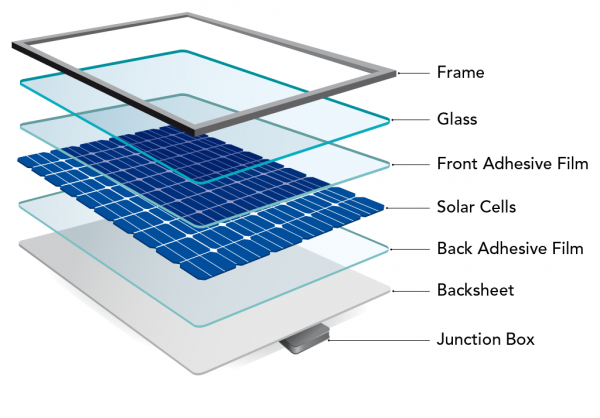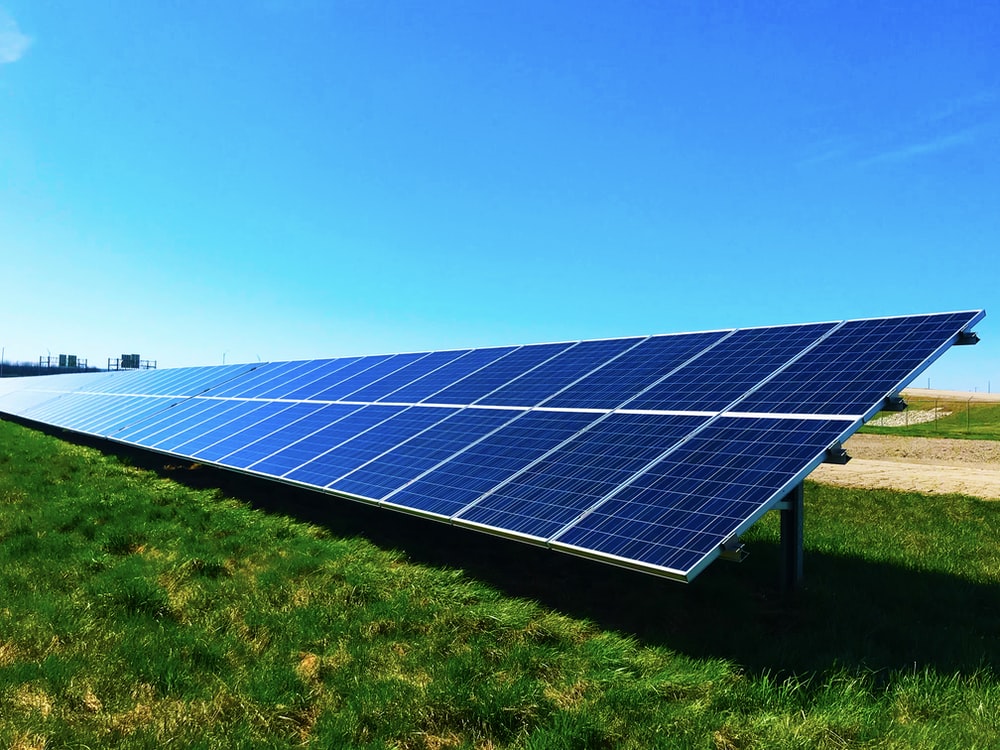
Renewable energy is fast emerging as the most favoured source of energy globally. Globally 29 per cent of electricity generation in 2020 came from renewables, whether hydel power projects, windmills or solar installations.
At VEMC we have unmatched expertise in solar panel installation. If you’re looking for sound advice on transitioning to solar energy, we are also one of the most competent solar consultants out there.
Benefits of renewable energy
- Renewable energy is non-polluting in nature. There is a serious clamour across the world to reduce reliance on fossils which generate CO2, to clean renewable energy. This is especially true in the global warming context that has become humanity’s number one global worry.
- Renewable energy is more affordable with stable prices. In a world where fossil reserves are increasingly dwindling and their prices rising uncontrollably, renewable energy provides hope. Renewable energy is also much more immune to geopolitical shocks and supply-chain bottlenecks in case of war, political upheaval or natural disasters.
- Renewable energy means employment, inclusion and sustainability. The generation and distribution of renewable energy create plenty of jobs. As the industry evolves, more and more entrepreneurs are expected to be attracted to it. This will include a lot of women and local communities, thus creating a more democratic, egalitarian and inclusive world.
8 steps to adopt renewable energy
As a leading solar energy company, VEMC can help you transition from your conventional source of energy to renewable energy without much serious hassle. All you need is a clear roadmap ahead, which can be summed in these 8 steps below:
1. Assess
In this preliminary step, you may find yourself asking questions about the total monthly consumption or patterns of consumption (since renewables like wind and solar produce more energy at certain hours of the day). Be on top of all the figures in ample detail before making the big leap.
2. Explore options
Your palette of options will be shaped by your budget, technical feasibility, availability of renewable energy nearby and logistical constraints.
3. Set clear goals
Be sure of what you wish to achieve by switching to renewable energy. Whether you want to reduce your energy costs, ensure compliance or have a stable energy source, all these questions make a difference in your choice of the right renewable energy source.
4. Financial considerations
Ask yourself what amount of resources you can afford to set aside for the switch and whether there are any government incentives involved.
5. Collaborate
Get in touch with the leading people, companies and consultants in the field and seek their expertise for a smooth transition. VEMC is the best solar company when it comes to handling end-to-end projects for their clients.
6. Implement
Mobile your human, financial and technological resources to execute the installation with the help of the experts.




